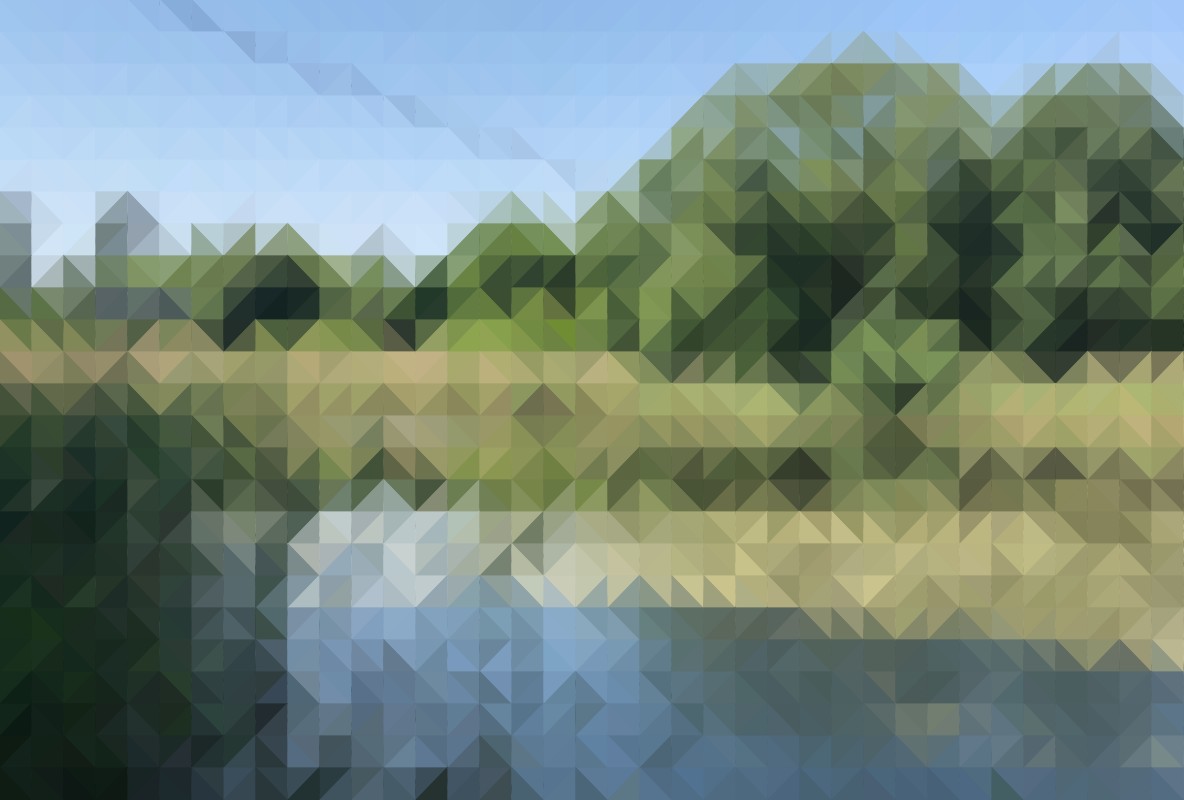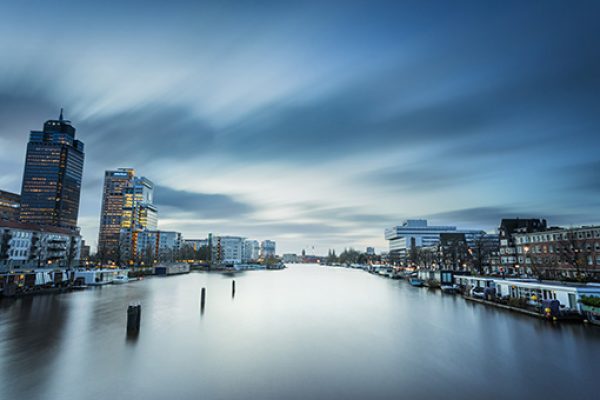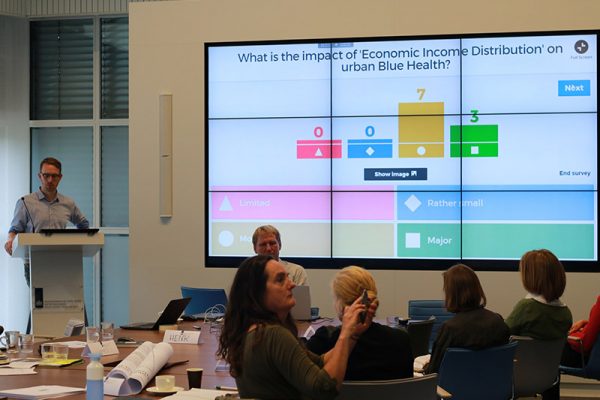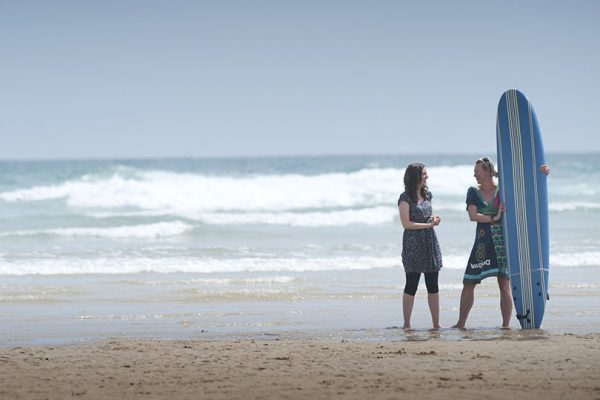Perceptions of blue space in Warsaw
Cities are almost always connected or even dependent on water, making it one of the most important aspects of an urban landscape. But these blue spaces are often at risk from contamination and overexploitation.
My research connecting the perceived benefits and values of blue space and how these are linked to health and wellbeing follows years of almost uncontrolled development. Yet humans are now trying to re-establish connections with nature.
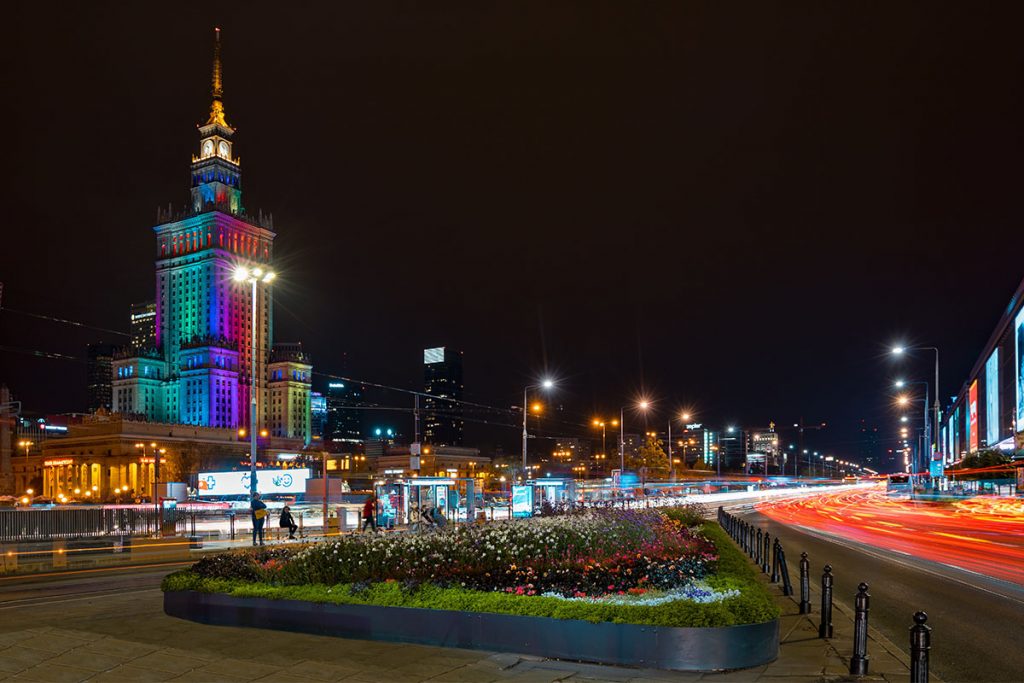
Warsaw city at night.
Warsaw’s forgotten waterways
Warsaw is an interesting case because of its diverse water spaces. As the city has grown around the Vistula River, its waterways have shaped the city’s historical and cultural landscape. But as the economy has evolved, many of these spaces are abandoned today.
Not many places in the city are officially designed for water-related activities like swimming and fishing which means these activities usually happen informally. Urbanisation has been given priority because, historically, it’s a sign of progress and this has left much of Warsaw’s important water sources channeled under the surface of the city and long since forgotten.
This unique situation has inspired a new project investigating the urban cultural blue landscape in Warsaw, a spin-off research project from the BlueHealth Horizon 2020 project.
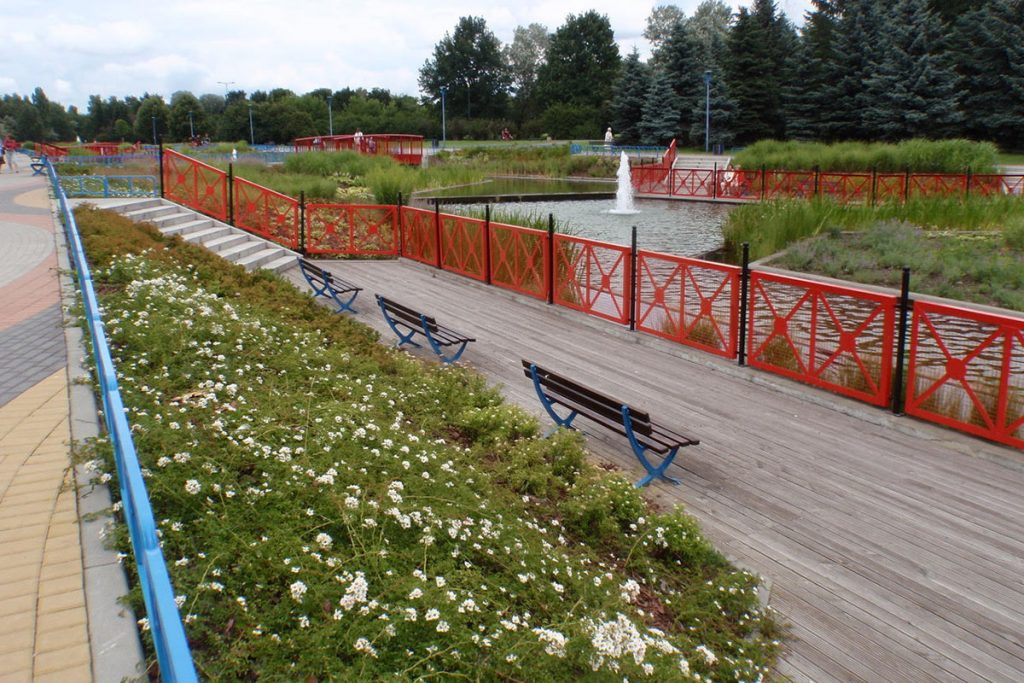
An ornamental pond in Warsaw.
Analysing the value of blue space to inform future planning
Our study is investigating the different shapes, composition and functions of Warsaw’s various blue spaces, and assessing their connection to the local community. This will be done using a geo-questionnaire where people can express their needs, values and preferences for specific locations in the city, and will focus on both childhood memories and uses today.
This holistic cultural landscape approach will help us evaluate how water has shaped the city of Warsaw. We want to understand how the city’s waterways historically developed, how humans have contributed to these environments over time and how they may be used in the future.
The results from this project will contribute to the planning and design solutions chosen by urban planners, architects and policy makers in Warsaw.
We also hope our research will help preserve water quality and biodiversity, and ensure future generations can enjoy the health and wellbeing benefits of these spaces.
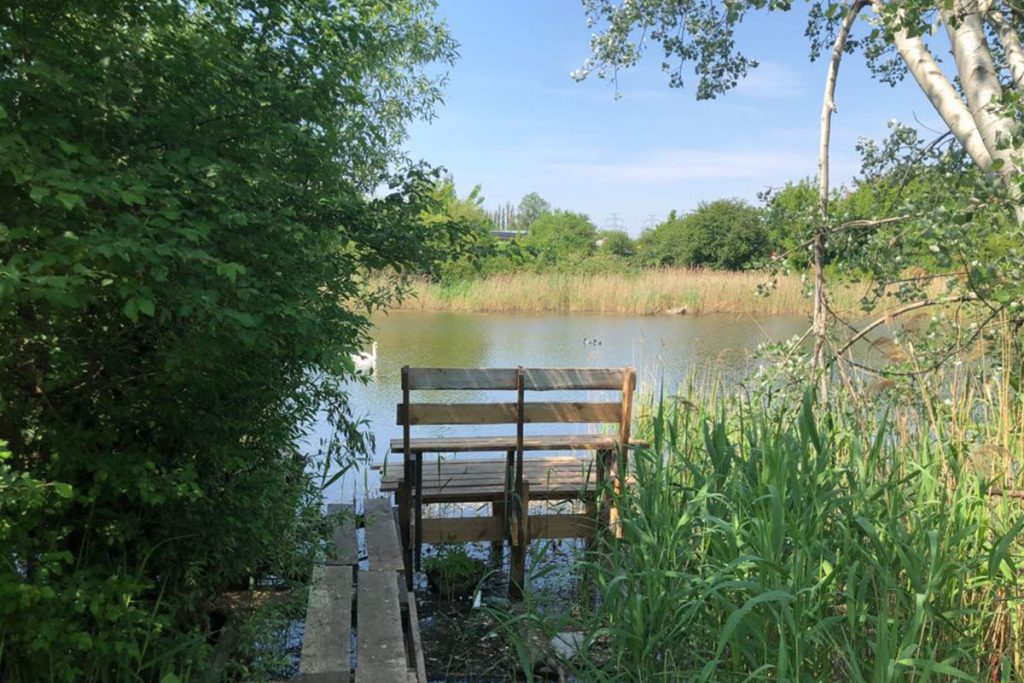
An urban wasteland area in Warsaw.
The project is funded by National Science Center, Poland, project number: 2018/29/N/HS4/01421
Team: Anna Wilczyńska (MSc, PI), Warsaw University of Life Sciences WULS-SGGW, Estonian University of Life Sciences; Izabela Myszka (PhD, Co-investigator), Warsaw University of Life Sciences WULS-SGGW, Supervisor: Simon Bell (Prof.), Estonian University of Life Sciences.

